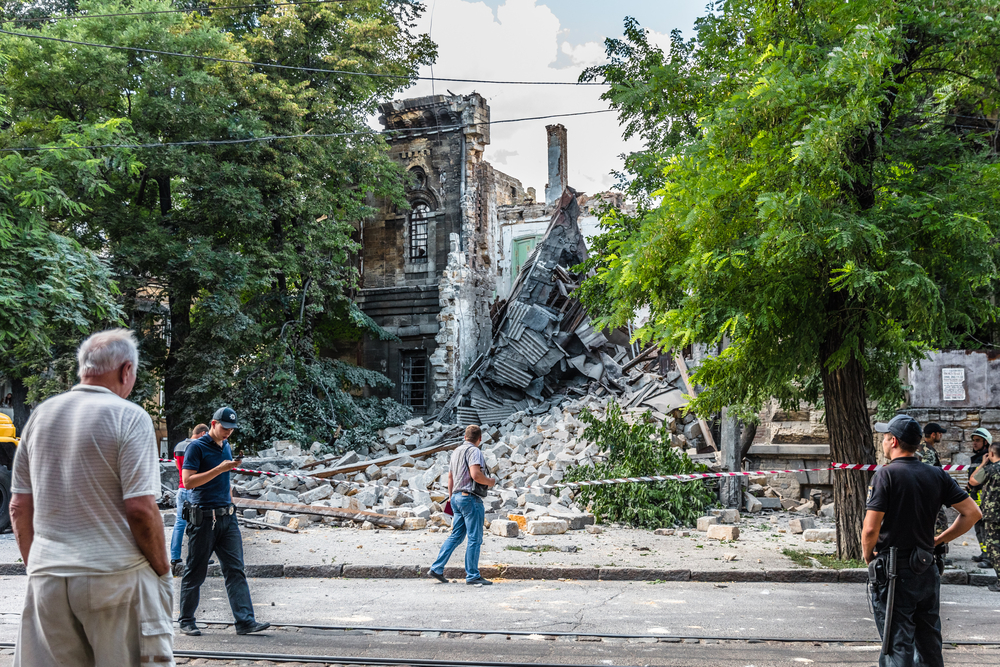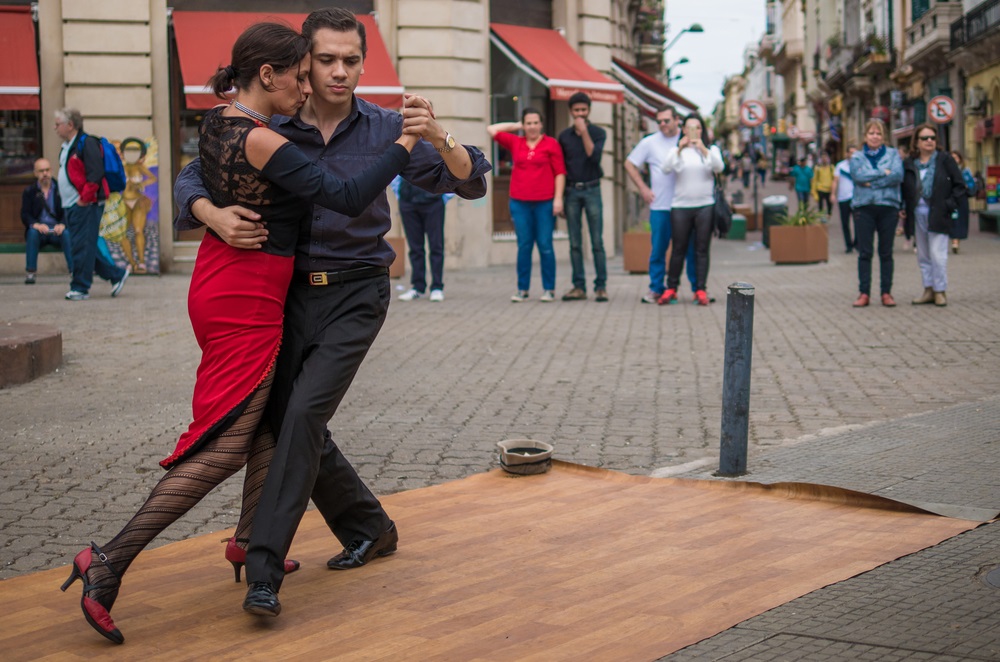What comes to mind when one hears the name of this Latin American country — Colombia?
For too many, Colombia means unpleasant thoughts of cocaine drug lords, a seemingly endless war against terrorist guerillas or perhaps the benign American TV commercial for Juan Valdez and his coffee-toting burro.
I’ve just returned from a pleasurable week in the República de Colombia, long a personal destination.
Lonely Planet, the travel guide folks who have partnered with me in editions of The Passport Book, describe the country as: “Soaring Andean summits, unspoiled Caribbean coast, enigmatic Amazon jungle, cryptic archaeological ruins and cobbled colonial communities. Colombia boasts all of South America’s allure, and more.”
I flew over those endless green mountain peaks, from Atlantic beaches on the Bocagrande peninsula where I stayed in Cartagena, to the sunny/rainy capital of Bogotá, enjoying several days (and nights) in vibrant Medellín, my personal favorite.
At no time did I feel unsafe with uniformly friendly people everywhere.
Colombia, today, is far from the “failed state” of recent unhappy memory.
Colombians have refashioned their country into one of South America’s modern success stories — a place with attractive residence and investment opportunities that is worthy of your serious consideration in any Plan B thinking.
Considering its historic struggles, there is irony in the conflicting words of the country’s official motto, “Libertad y Orden” (Freedom and Order).
As Ted Bauman has written, Colombia turned a corner eight years ago. Under the presidency of Álvaro Uribe (my Cartagena cab driver loves him), crime fell dramatically, and drug wars and the long-running FARC insurgency wound down.
Uribe’s successor, Juan Manuel Santos Calderón, continued the path he set, signing a formal peace agreement with insurgents, even now surrendering their arms.
A New Colombia
The second most populous country in South America, Colombia was one of three countries that emerged from the collapse of Simon Bolívar’s idealistic Gran Colombia in 1830. (His name endures, and his statutes are everywhere.)
From its Caribbean and Pacific beaches to its coffee-growing region of the Andes, the country is a scenic treasure. Its cities, colonial Cartagena on the Caribbean, cosmopolitan Bogotá in the center, and mountainous — now very fashionable — Medellín in the northwest offer all you can find in other major Latin American cities, with surprisingly low prices. At night, Medellín’s steep mountain sides glisten with millions of lights from high-peso condos and poor favelas alike.
Economic fundamentals are strong, suggesting an ideal market for retirement homes (perfect climate, culturally rich cities) or investment properties, especially with the tourist trade expected to grow 4% annually for the next decade. Foreign tourist visits to Colombia rose from 0.6 million in 2007 to over 3 million in 2016.
At my hotel in El Poblado neighborhood of Medellín, I was engulfed by a busload of French tourists.
Nerves of Steel
In reckless bravado, Colombian drivers almost equal Panamanians, with ubiquitous little yellow taxies like bumblebees flitting dangerously through city traffic.
Ground travel can be a hassle inside or outside cities. Drug wars led to neglect of infrastructure, and rural roads can narrow to two lanes or even one.
On a delightful but nail-biting 50-mile day trip out of Medellín to Santa Fe de Antioquia, I learned that mountain driving, with daredevils passing on blind curves, requires steady nerves and well-functioning gears.
An Overlooked Paradise
Founded in 1541, Santa Fe de Antioquia is known for restored colonial buildings, cobblestone lanes and a wood and steel suspension Puente de Occidente bridge over the Cauca River.
It was built in the 1800s by local engineer José María Villa, who also worked on New York’s Brooklyn Bridge.
A week in Colombia provides only a start in comprehending this beautiful country and its people; I would enjoy a return.
A last thought inspired by Cartagena’s impressive Palace of the Inquisition: Violence can never impose beliefs, and in a time of national division, we Americans have much to learn from others who have experienced far worse and yet have survived and prospered.
Yours for liberty,

Bob Bauman JD
Chairman, Freedom Alliance








